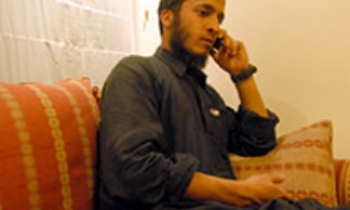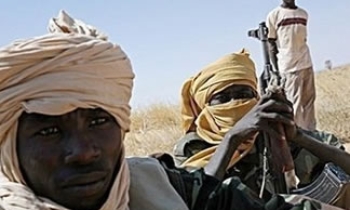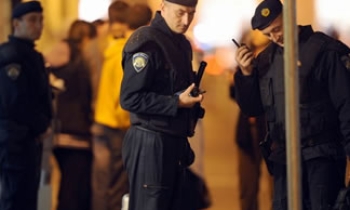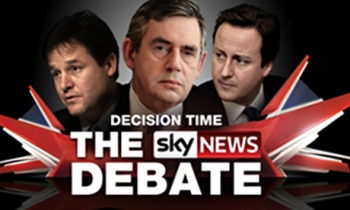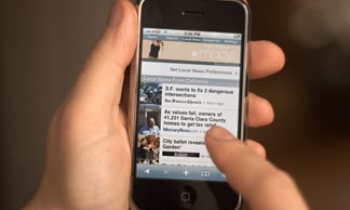CHICAGO (Reuters) - North American newspapers have given extensive coverage to the anger that cartoons of the Prophet Mohammad unleashed across the world but have taken a hands-off approach to reprinting the caricatures themselves.
"I don't see it as a necessity to run them," said John Diaz, editorial page editor of the San Francisco Chronicle.
"There's a lot of ways that we can gratuitously offend our readers. We want to avoid that."
Muslims generally believe their faith forbids any image of the Prophet and consider the cartoons printed in Europe as blasphemous. One of the cartoons depicted the Prophet with a turban resembling a bomb.
Washington Post's Executive Editor Leonard Downie Jr. said the paper is covering the controversy over the cartoons but not reprinting them because "the very nature of depicting Mohammad editorially is not an ambiguous question. Either you do it or you don't."
"It's never a concern over reactions," he added. "It's a concern over what the Washington Post decides to publish. We're maintaining our standards."
Newspapers in the United States and Canada have described the cartoons and carried pictures of readers in Europe scanning them in publications there. The images were first published in September in a Danish newspaper.
Toronto Star editor-in-chief Giles Gherson said it's unlikely the paper would run an editorial cartoon that was "gratuitously offensive," to a segment of the population.
Once that cartoon becomes global news, however, the question arises as to whether it needs to be reprinted so readers can understand what's going on, he said in an article carried in the newspaper.
"We're going to describe in text the cartoons," he said on Thursday. "We're going to see if we can explain to our readers what the issues are, what happened, what is portrayed in the cartoons, without actually showing the cartoons if they are inherently deeply offensive to a segment of our society. That would be our preferred approach."
Ibrahim Hooper, a spokesman for the Washington-based Council on American Islamic Relations, said American newspapers have not rushed the cartoons into print perhaps because they feel secure in their constitutional free press protections.
"They don't feel the need to go out and be gratuitously insulting just to prove that they can do it, which is what the European media seem to be doing in almost a childish overreaction," he said.
The controversy has also produced a muted response generally among U.S. Muslims, who make up less than 2 percent of the population by most estimates. Leaders say their communities are clearly upset though there have not been demonstrations or noisy public outcries.
"Some people are feeling hurt but they also see it as part of the overall Islamaphobia in the media," said Abdul Malik Mujahid, chairman of the Council of Islamic Organizations of Greater Chicago. He questioned whether an anti-Semitic cartoon or one showing the pope in a compromising sexual position would have been tolerated in Europe the way the cartoons of the prophet were by those who published them.
"Islamaphobia has a real impact on people's life," he said. "It is hurting us as a society. We are becoming less open to listen to the voices of dissent and voices which are different."
Salam al-Marayati, executive director of the Muslim Public Affairs Council, also said there is a double standard among political leaders, opinion makers and the media. There would have been a "tremendous, correct response" if the cartoons had been anti-Semitic, he said.
U.S. Muslims, he said, are unlikely to take to the streets in outrage. "We admonish against that because we don't find it helpful to our situation in America," he said.
While the cartoons involved in the controversy are not being published in North American newspapers, they are readily available on the Internet.

